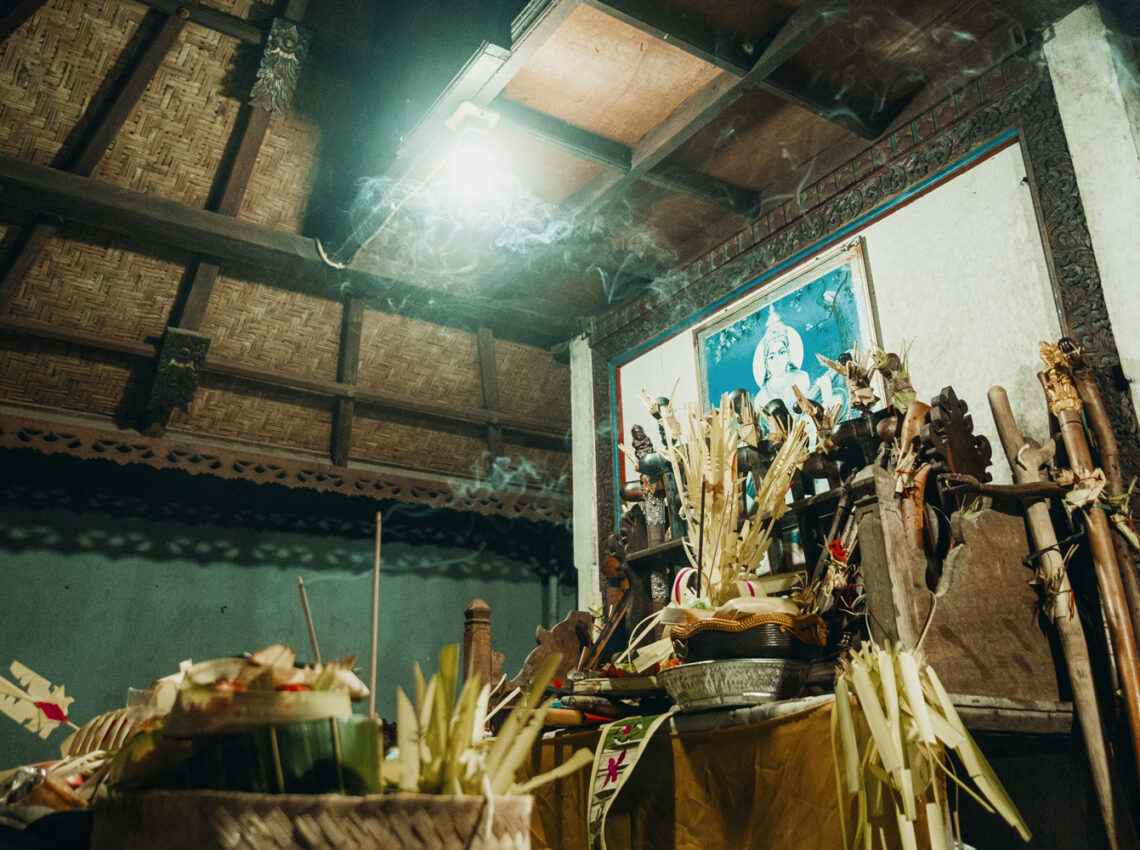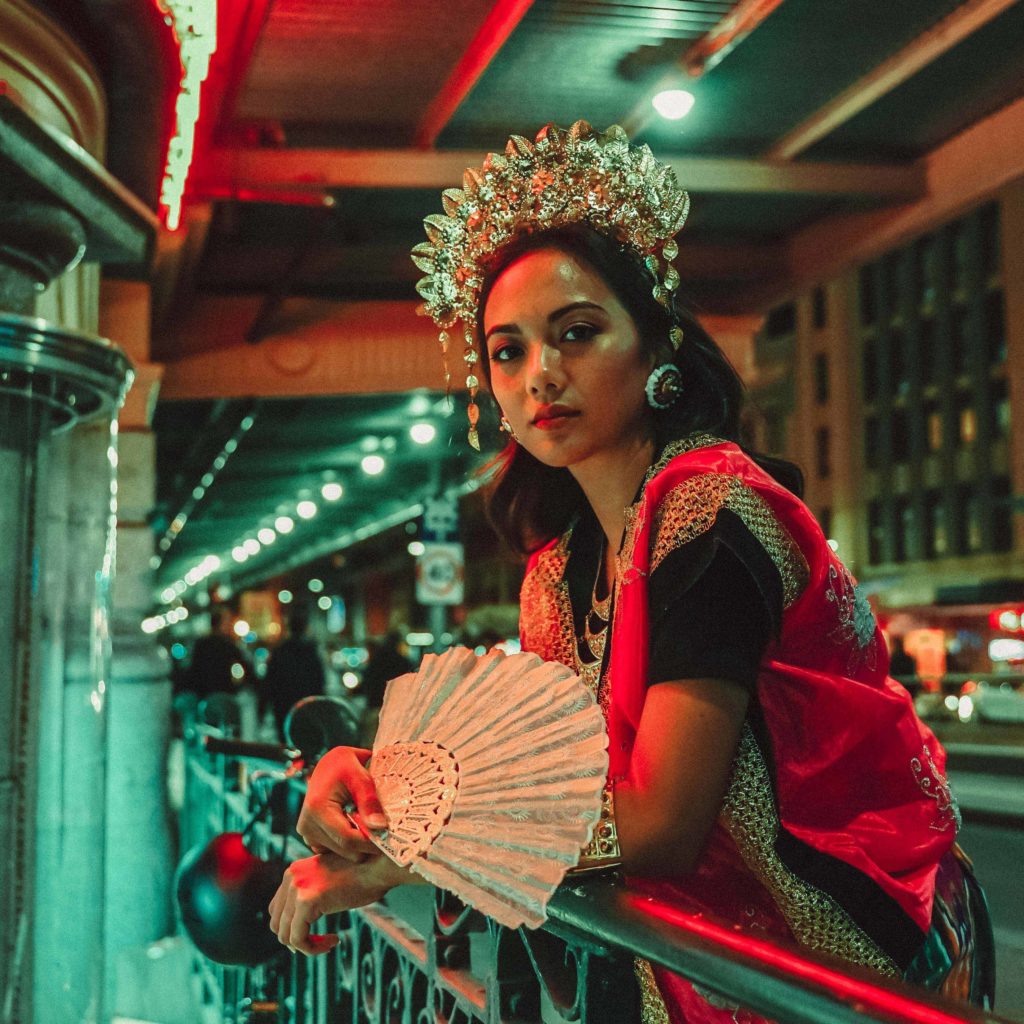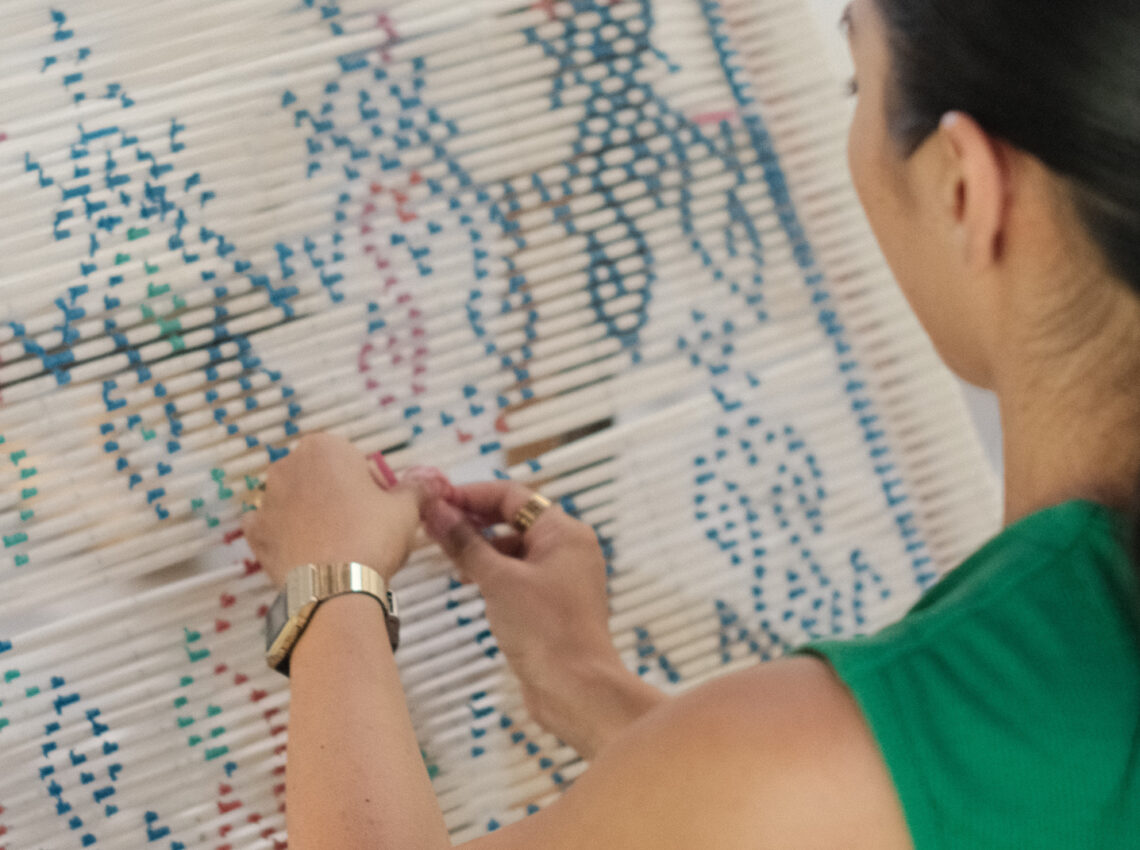
It started with a dance class
Each week, I would attend Balinese dance lessons in Denpasar, learning traditional forms like Pendet and Legong. Then one day, the class began working on a dance called Tari Tenun, a dance inspired by the traditional art of weaving. It already held a significance for me. My mum had learned this same dance as a child, and when she came with me to class that day, I saw just how deeply it lived in her memory.
While the girls practiced, she sat beside me, nudged me gently, and started moving her hands. Step by step, she remembered it all. That moment stayed with me.
It made me want to not only learn the dance, but understand it. Where did it come from? What exactly was it trying to honour?
Honouring Weavers Through Dance
Tari Tenun is a traditional Balinese dance that mimics the movements of weaving. The movements mirror the motion of tying, looping, beating, and stretching threads on a loom. It’s a tribute to the island’s weaving tradition, specifically Tenun Ikat, a traditional method of hand-dyeing and weaving cloth that’s been practiced for generations.
Tari Tenun was created in 1957 by I Nyoman Ridet and I Wayan Likes, two Balinese artists who sought to capture the beauty and rhythm of weaving in dance form. The dance was inspired by the daily activities of Balinese women who traditionally wove fabric at home. It portrays the entire weaving process, from spinning thread, feeding it through the loom, to arranging and tightening the fibers.
This dance is classified as a tari balih-balihan (non-spiritual entertainment dance), often performed in groups of three or more dancers to highlight the coordination and harmony required in weaving. It is accompanied by the lively sounds of Gamelan Gong Kebyar, adding energy and elegance to the storytelling.
In the choreography, you’ll see motions that represent preparing thread, pulling the loom taut, and beating the fabric into place. Even the poised posture of the dancer mirrors the steadiness required to work the loom. Once I learned this, the dance changed for me. It became less about just remembering steps, and more about honouring the rhythm, effort, and emotion behind the textile art.
Learning to Weave
I was fortunate to learn traditional Tenun Ikat at Setia Cap Cili, a family-run weaving studio in Gianyar that’s been active since 1948. Surrounded by wooden machines and colourful threads, I was guided through each stage of the weaving process.
We began by tying patterns with raffia string. Originally, dried banana leaves were used for this step. The raffia allows for more intricate designs and makes it easier to combine multiple thread colours in a single fabric. From there, we moved on to lining up the threads and getting them ready on the loom.
As I worked, I started noticing familiar movements, the same ones I had danced. The rhythm of the hands, the pull of the thread, the focused flow of each motion. Lightbulb moments, one after another.
The studio was filled with sound: the knock of wooden frames, the sharp shoot of the peluru darting left and right. That beat wasn’t just background noise, it helped keep the momentum and tension, making sure the fabric stayed tight. I learned that rhythm wasn’t just physical, but emotional.
The weavers told me that how you feel shows in the cloth. If your mind is scattered or your heart unsettled, the fabric won’t come out right. You need focus, presence and a good headspace to weave something beautiful.
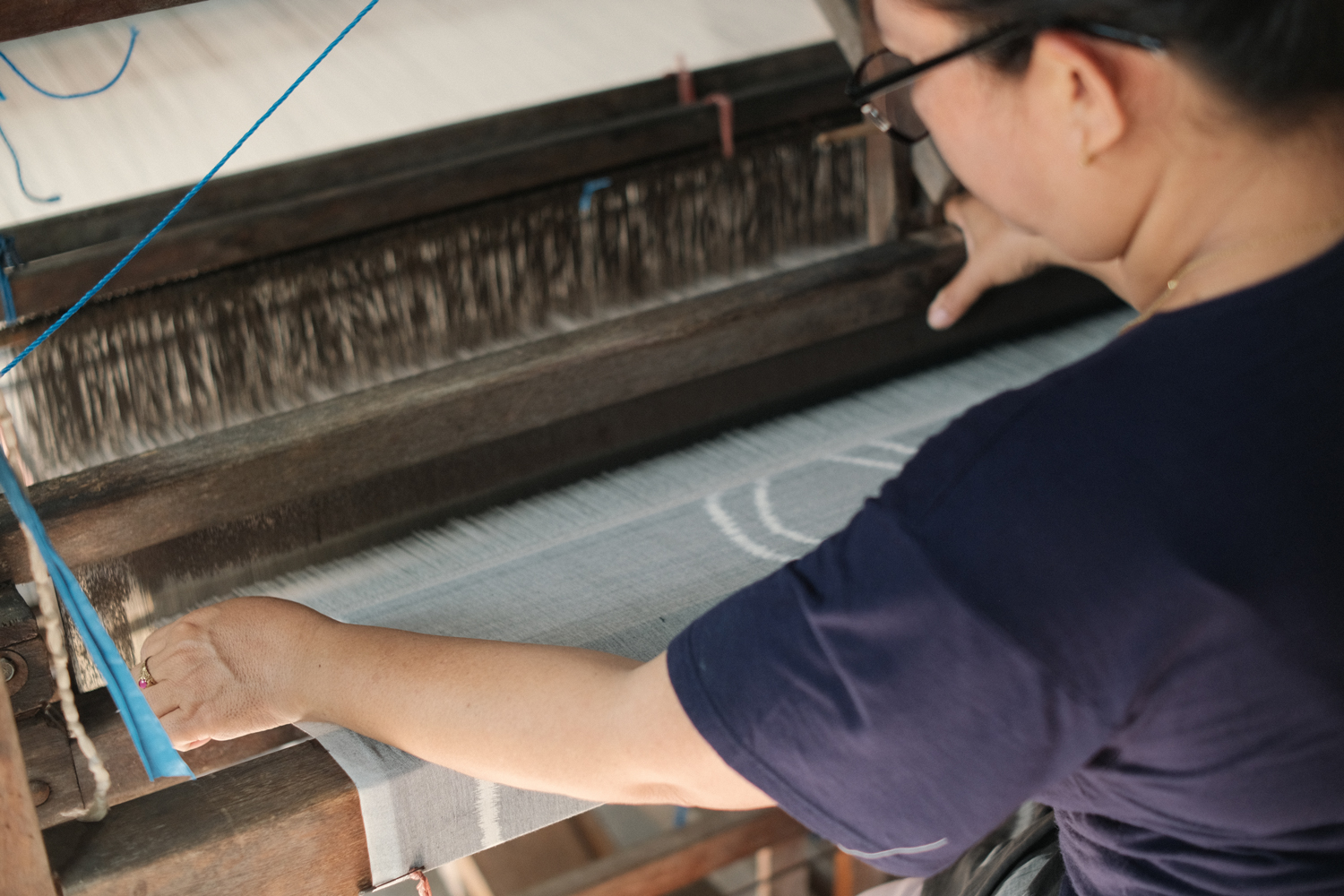
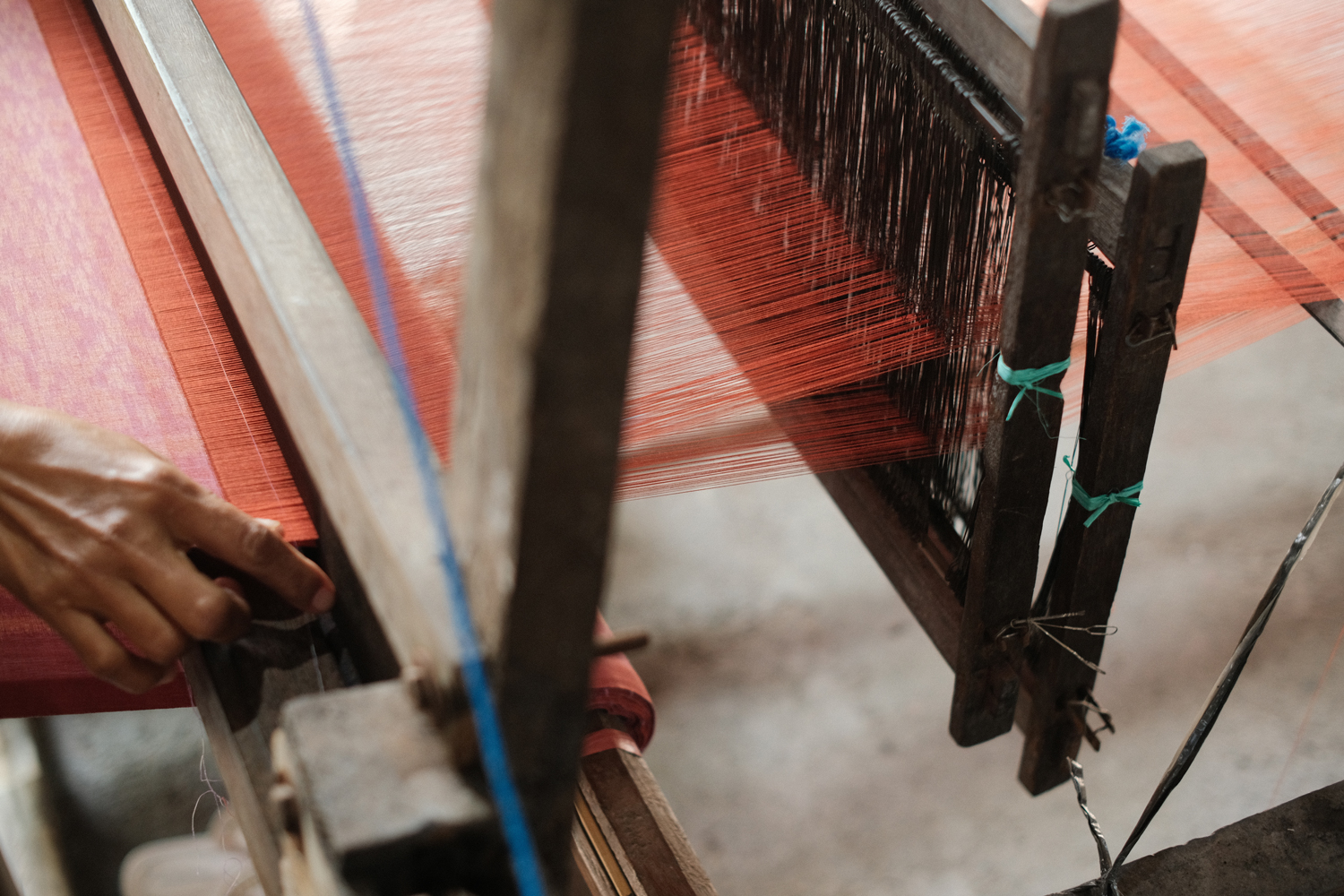
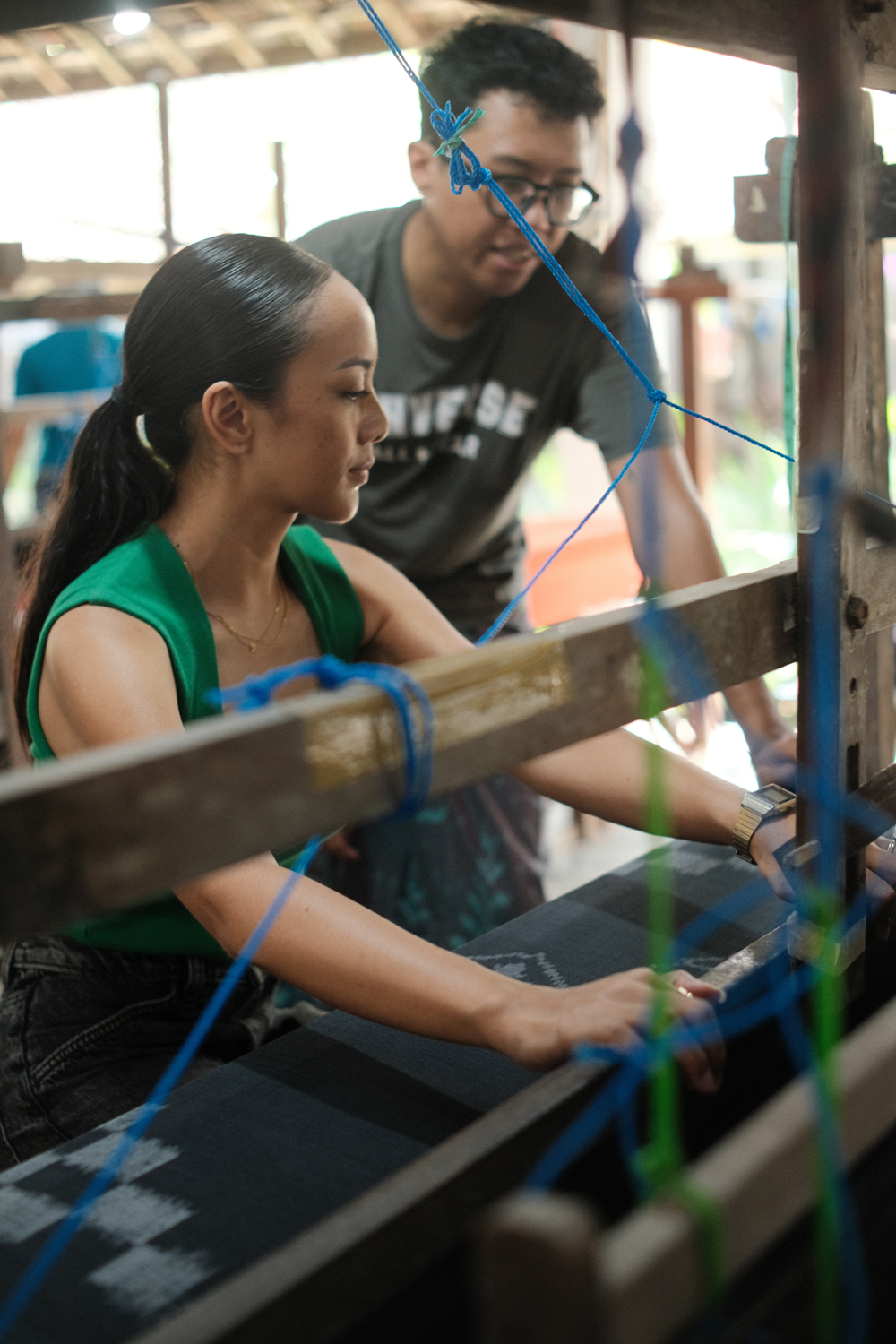

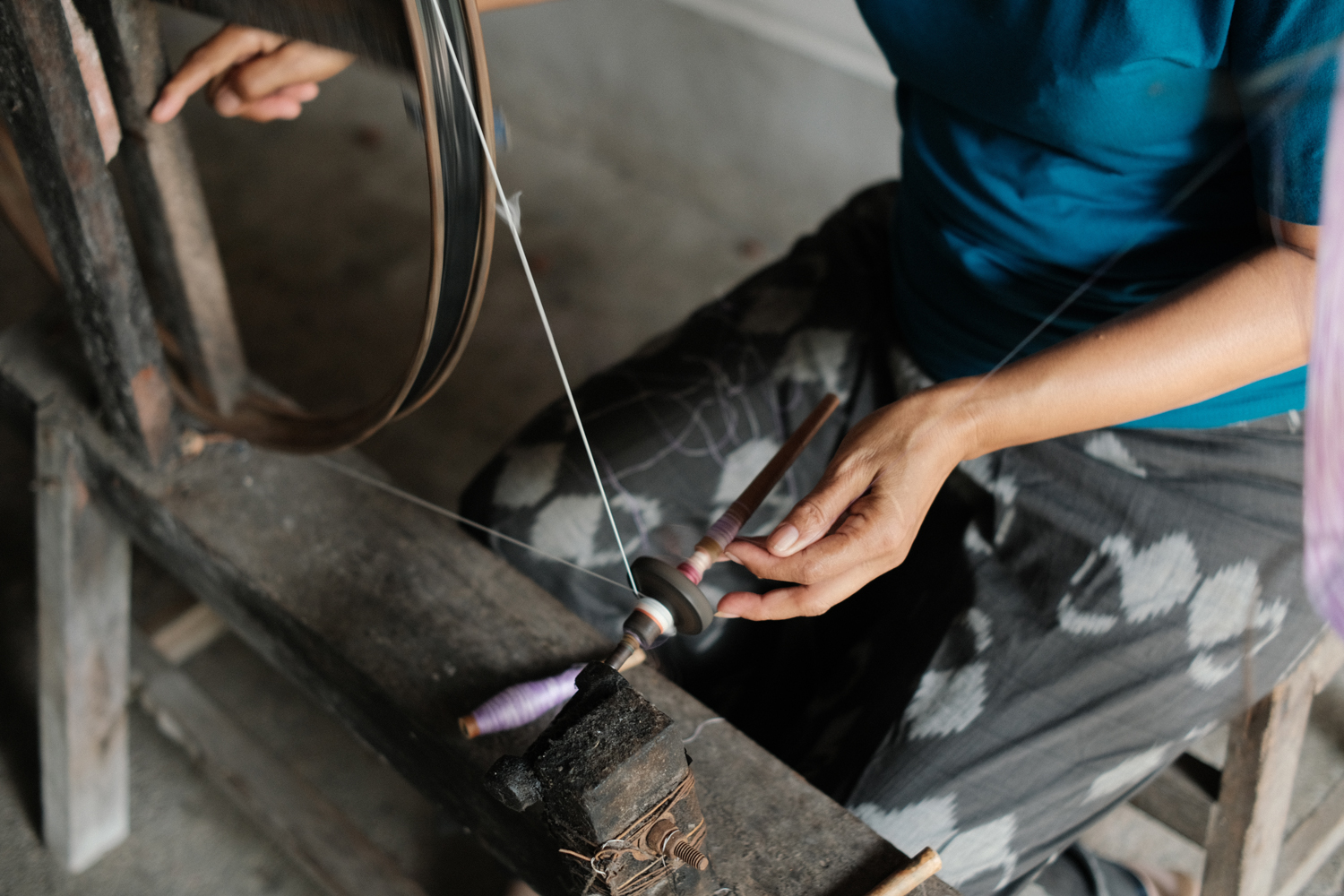
Returning to the Dance
After learning the weaving process, I returned to the dance with fresh eyes. Every motion now carried more meaning. I wasn’t just pretending to weave. I had woven. I knew what it felt like to sit at the loom, to find rhythm, to let your hands move almost intuitively.
It deepened my respect for both the craft and the choreography. The dance and the fabric are inseparable, threads of the same story.
Tied to Tradition, Told Through Steps
This journey started with a dance class, but became something so much more. It brought me closer to my culture, to my family, and to the quiet strength behind traditional arts. It reminded me how movement, craft, and memory are all woven together.
Tari Tenun isn’t just a dance. It’s a living tribute to the weavers who pass down their art, one thread, and one step, at a time.
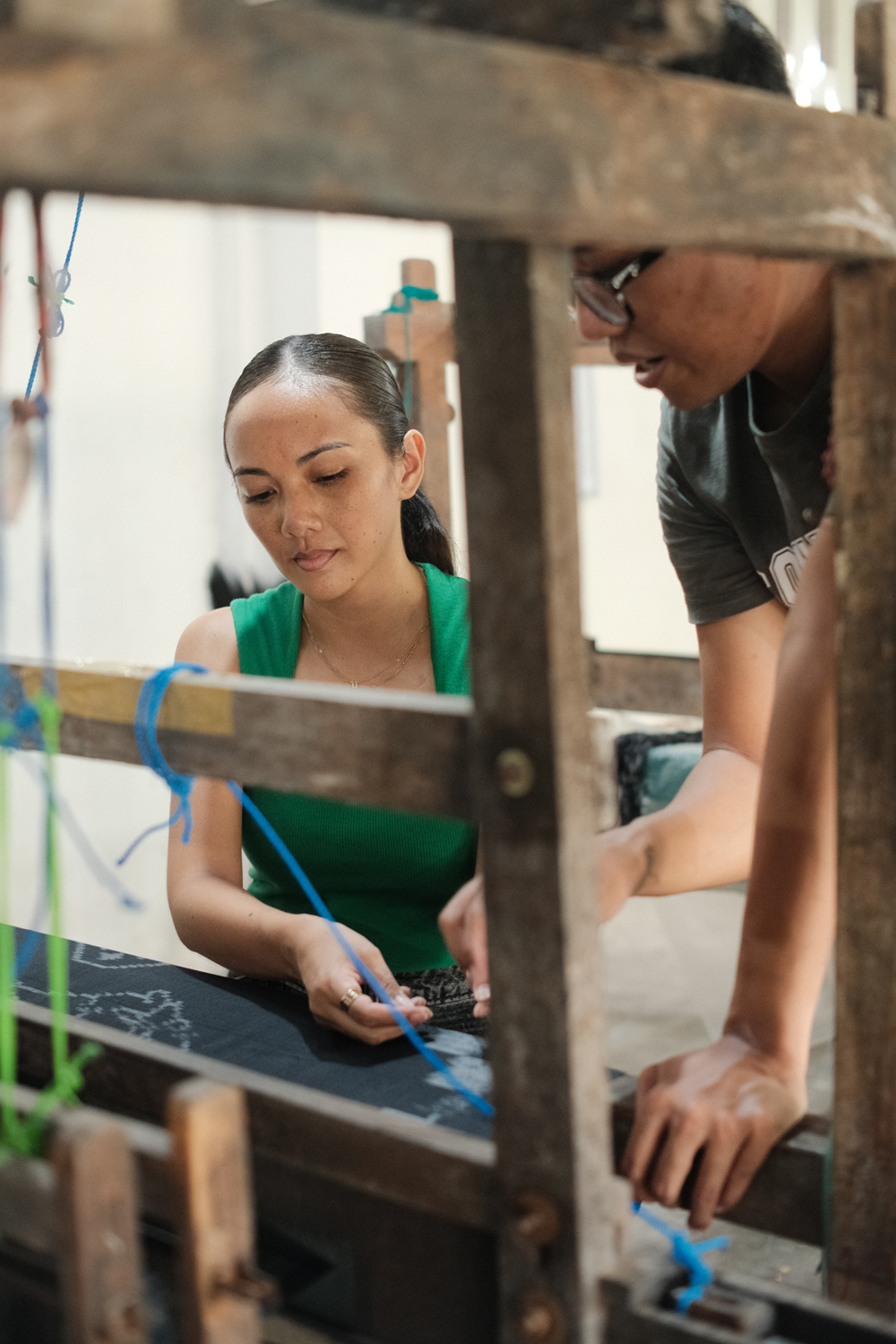
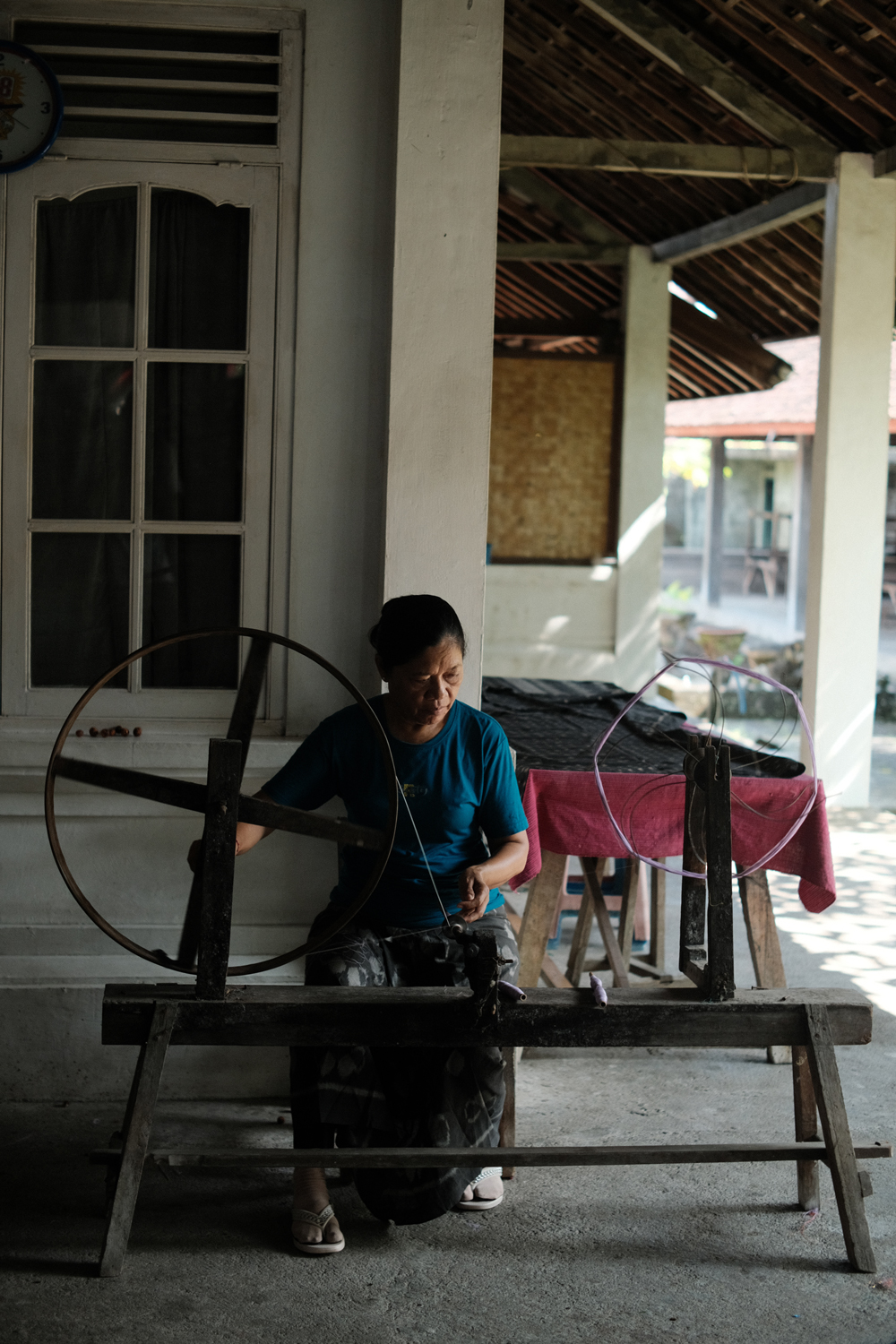
Photos by Photius Drakos




